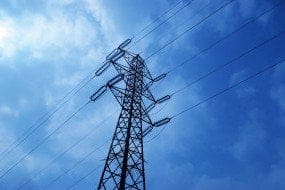ADB Loan for Meghalaya Power Distribution Sector
The Government of India recently signed 133 million USD loan Agreement with the Asian Development Bank. Agreement was signed to strengthen the power distribution sector in the state of Meghalaya. Also, the loan is to be supplemented with a 2 million USD grant from the Asian Development Bank Japan fund for poverty reduction. This fund was basically allocated to finance renewable energy projects and support income generation activities for disadvantaged groups and women. It is to be used to finance renewable energy mini-grids to improve power quality.
The loan is to be used to to modernize the power distribution network in Meghalaya and improve quality of power in industries, households and businesses. Though, the state of Meghalaya has achieved 100% electrification, still remote villages in the state suffer from frequent power cuts. This is mainly due to outdated technology used in substations and overloaded distribution network that result in high power losses.
The funds will be used to construct 23 substations, modernize 45 substations and upgrade 2,214 kilometres of distribution lines. Apart from these smart metres are to be installed in in 1,80,000 households.
The funds allocated will help the state in implementing its “24/7 Power for all” initiative.
24/7 Power for all Initiative
It is a joint initiative of Government of India and the state government. It aims to provide continuous power supply to all households, commercial businesses, industry and other public needs. The joint initiative was started with the 36 states and union territories.
Electricity infrastructure in Meghalaya
The state has generation capacity of 3,000 megawatts of electricity. The current installed capacity of the state is 185 megawatts. The state now consumes 610 megawatts. This means that it is importing electricity from other states while it has the potential to export net hydroelectric power.
The state government of Meghalaya has plans to increase the power generation of the state by 2000-2500 megawatts. Of this, 700- 980 megawatts will be thermal based and the rest will be hydroelectric power. This is to be achieved under public private partnership model.
Currently, thermal power project has been proposed at the Garo Hills and is expected to generate 751 megawatts of power. There is also a proposal to set up 250 megawatts of thermal power in West Khasi Hills.
Month: Current Affairs - December, 2020


